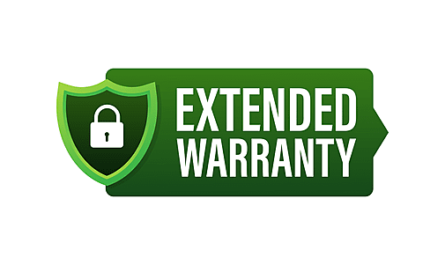Supply chains have become increasingly complex in today’s global business environment. With operations spread across multiple countries and continents, managing risks across the supply chain network has become a huge challenge for companies. A single disruption anywhere in the supply chain can negatively impact the overall operations and profitability of a company. Thus, it has become imperative for businesses to implement robust supply chain risk management strategies.
Understanding Supply Chain Risks
Before putting Supply Chain Risk Management strategies in place, companies need to first understand the various types of risks that can impact supply chains. Supply chain risks can be broadly classified into two main categories – operational risks and disruption risks.
Operational risks include risks arising due to inefficient internal processes, quality issues, supplier non-performance, inventory management failures etc. For example, relying on a single source supplier can expose the company to significant operational risks in case that supplier is unable to meet demand due to capacity constraints or other issues. Lack of coordination between different supply chain stakeholders can also lead to inefficiencies and delays.
Disruption risks, on the other hand, are external events that are generally beyond the control of companies such as natural disasters, geopolitical issues, pandemics, terrorism etc. The COVID-19 pandemic highlighted how a single disruptive event can bring the entire global supply chain network to a grinding halt. Other examples include factory fires, port closures due to extreme weather etc. Depending on where they occur in the supply chain, such disruptions can significantly impact product availability and delivery timelines.
Risk Identification and Assessment
The first step in any risk management program is to identify all potential risks that can impact the supply chain. Companies need to brainstorm both operational and disruption risks across the entire value chain. This includes risks at the supplier end, during production, warehousing, transportation as well as risks at the point of consumption.
Once risks are identified, the next step is to assess their potential impact and likelihood of occurrence. Impact can be measured in terms of financial losses, reputation damage, loss of customers etc. while likelihood refers to the probability of the risk materializing. Risks are then prioritized based on a combination of impact and likelihood. High impact-high likelihood risks should be given top priority for mitigation. Tools like heat maps can help visualize risk prioritization.
Risk Mitigation Strategies
After understanding key risks, focused strategies are required to mitigate the prioritized risks. Some common supply chain risk mitigation strategies include:
– Diversifying the supplier base – Relying on multiple qualified suppliers reduces dependence on any single source.
– Building flexible supply networks – Ability to switch production between facilities or shift suppliers helps maintain business continuity.
– Implementing supply chain visibility technologies – Tools like RFID, IoT sensors provide end-to-end visibility to proactively address issues.
– Developing contingency and business continuity plans – Plans for responding to disruptions help maintain operations even during crises.
– Obtaining insurance coverage – Strategically selecting right insurance policies can help transfer financial risks.
– Entering strategic partnerships – Collaborating with other stakeholders enhances flexibility, information sharing and responsiveness.
– Maintaining safety stocks – Appropriate stock levels of key materials/products can ensure supply despite disruptions.
– Conducting scenario planning and simulations – Helps evaluate capability to respond to different potential scenarios.
– Investing in infrastructure – Robust material handling and logistics infrastructure aids resilience.
Monitoring and Continuous Improvement
Even after mitigating major risks, ongoing monitoring of risks and responsiveness to changes is critical. Regular risk reviews help capture emerging risks from changing business/market conditions. Key risk indicators based on past data help monitor risks in real-time. Also, simulation of ‘what-if’ scenarios keeps plans updated. Performance metrics help measure risk management effectiveness for continuous improvement. With the evolving risk landscape, a dynamic risk management approach is needed.
A holistic and integrated supply chain risk management program helps organizations not only withstand disruptions but also build resilience. It transforms risk from a threat to an opportunity by enabling well-informed decisions and agile responses. Proactive management of risks ensures supply chain reliability, enhances customer satisfaction, and enables sustainable competitive advantage.




